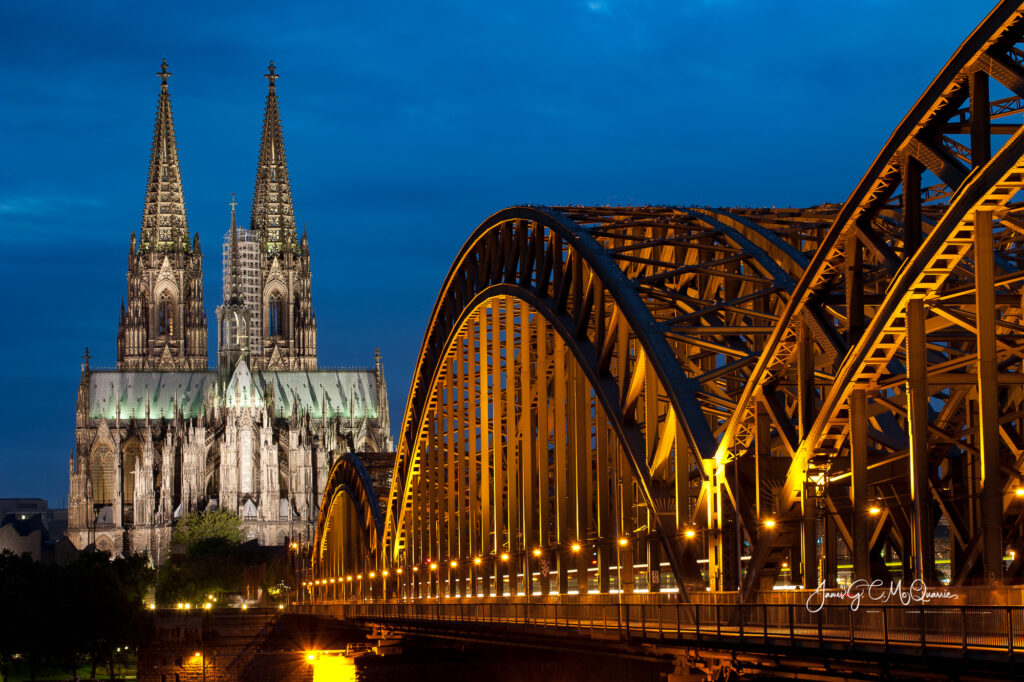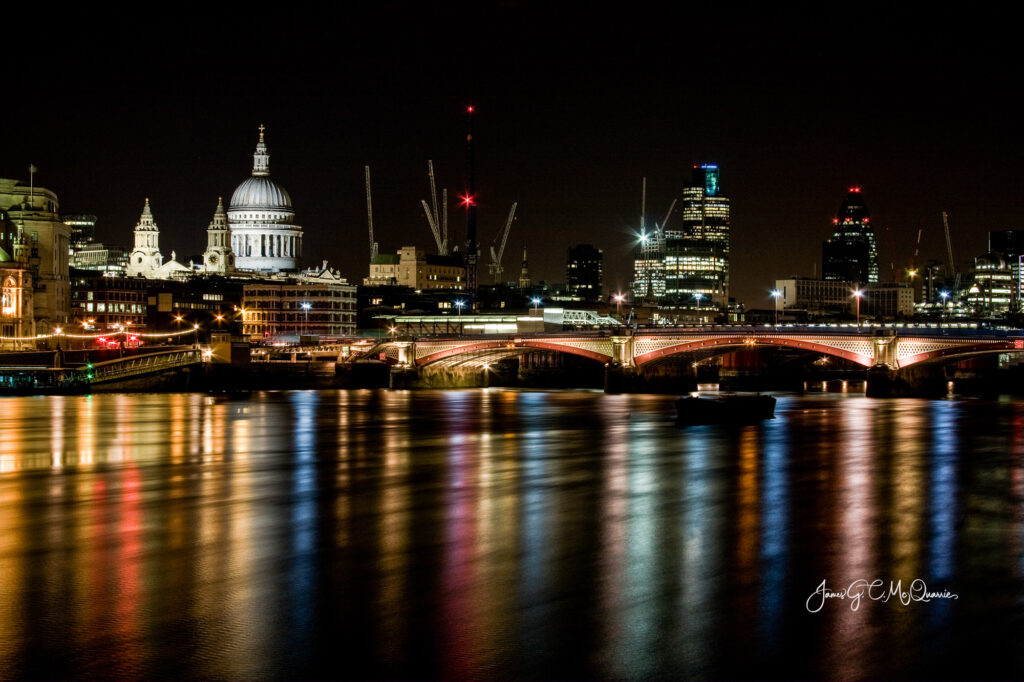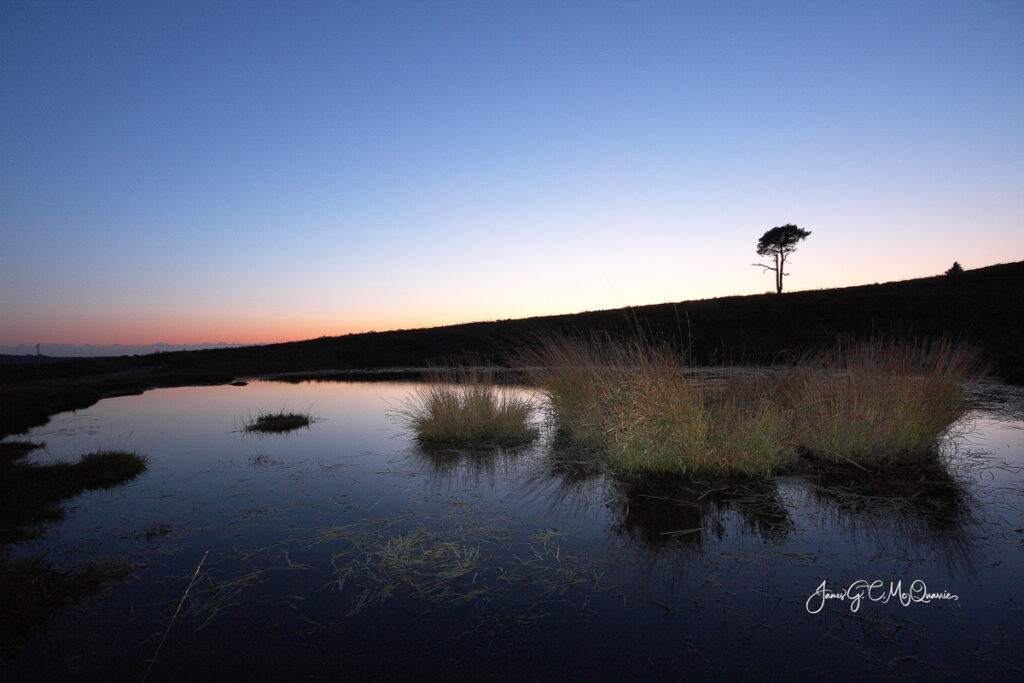Night Time Photography: Capturing the Magic of Low Light
Introduction
Night time photography offers a mesmerizing canvas for photographers to explore. The challenge of working with limited light resources presents a unique opportunity to create stunning and evocative images that transport viewers into a world of mystery that is often overlooked. In this article, we will delve into the art of night time photography, focusing on low light shooting techniques that enable photographers to capture the essence of the night.
Mastering Low Light Shooting Techniques
Understanding the Importance of Settings
When the sun dips below the horizon, photographers must navigate the complexities of low light conditions. Understanding your camera’s settings becomes crucial in this scenario. Start by setting your camera to manual mode, allowing you complete control over key aspects such as aperture, shutter speed, and ISO. This control is essential to adjust settings according to the available light and the effect you wish to achieve.
Embracing the Tripod
In low light conditions, longer exposure times are often necessary to capture enough light for a well-exposed image. This is where a sturdy tripod becomes your best friend. A tripod stabilizes your camera, preventing shaky shots during those extended exposures. Look for a tripod with adjustable height and angles, allowing you to compose your shot precisely. To avoid any residual movement, consider using a remote shutter release or your camera’s built-in timer function.
Harnessing the Power of Aperture
Aperture, denoted by the f-number, plays a pivotal role in night time photography. A wider aperture (smaller f-number) allows more light to reach the camera’s sensor, resulting in a brighter image. However, wider apertures can lead to shallower depth of field, blurring out backgrounds and isolating subjects. Balancing this trade-off is crucial; try different apertures to achieve your desired effect.
Unveiling Shutter Speed Secrets
Shutter speed determines the duration for which the camera’s sensor is exposed to light. In night time photography, longer shutter speeds are often required to capture the limited available light. However, longer exposures can lead to motion blur, particularly if shooting handheld. Experiment with various shutter speeds while considering the presence of any moving subjects or elements in your frame.
Cracking the ISO Conundrum
ISO setting dictates your camera’s sensitivity to light. In low light scenarios, it might be tempting to crank up the ISO to achieve a brighter image. However, higher ISO values can introduce unwanted noise or graininess to your photos. Find the optimal balance between ISO and noise for your camera model. Modern cameras offer impressive noise reduction capabilities, but it’s still wise to avoid excessively high ISO settings whenever possible.
Mastering the Art of Composition in the Dark
Playing with Light Sources
The interplay of light and shadows is particularly enchanting in night time photography. Incorporate existing light sources, such as street lamps, neon signs, or even the moon, to create captivating visual contrasts. Experiment with different angles to highlight the interaction between your subject and these sources of light.
Using Long Exposures for Creative Effects
Long exposure techniques can add an artistic flair to your night time images. Techniques like light painting, star trails, and traffic light trails involve using longer shutter speeds to capture movement over time. Light painting involves selectively illuminating parts of your scene with a flashlight or other light source during a prolonged exposure. Star trails capture the apparent motion of stars across the sky during extended exposures. Traffic light trails create dynamic streaks of color as vehicles move through the frame during a long exposure.
Guiding the Viewer’s Eye
Composition remains paramount in night time photography, guiding the viewer’s eye through the image. Employ leading lines, symmetry, and framing techniques to create visually compelling compositions. The absence of daylight offers a chance to focus on the relationship between shadows and highlights, crafting intricate and visually engaging scenes.
Post-Processing and Polishing
Embracing Post-Processing Tools
The journey doesn’t end after pressing the shutter button. Post-processing allows you to refine and enhance your night time images. Software like Adobe Lightroom or Photoshop offers tools to adjust exposure, contrast, color balance, and noise reduction. Tread carefully; subtle adjustments can make your images pop without straying into the realm of artificiality.
Preserving the Mood
While post-processing can be a powerful tool, be cautious not to over-edit your night time photographs. The charm of night photography lies in its moody and atmospheric qualities. Preserving the authenticity of the scene while enhancing its inherent beauty should be the goal of your post-processing endeavors.
Conclusion
Night time photography, with its unique challenges and opportunities, invites photographers to step into a world of enchantment. Mastering low light shooting techniques, understanding camera settings, and honing your composition skills are key to capturing the magic of the night. With dedication, practice, and an artistic eye, you can create evocative images that transport viewers into the captivating realm of darkness illuminated by the soft glow of the moon and stars.
It is also good to remember to that you must always be aware of what going on around you. Stay safe, you may have expensive camera equipment and that could make you a target. So don’t make yourself a target and don’t go into areas that could put you in Danger.
If you have enjoyed this post, please check out my post on the Exposure Triangle.


If you would like to check out my YouTube channel you can do so Here

